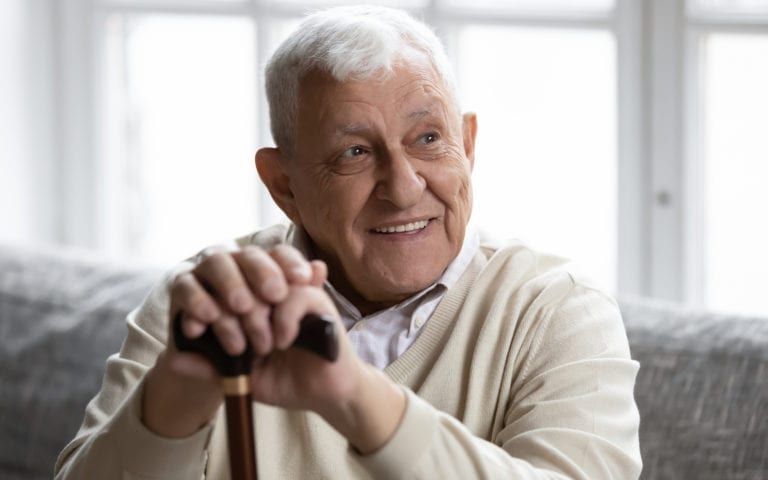How 3D Printing Is Changing Bone Grafts

Three-dimensional printing has unlocked new possibilities when it comes to orthopedics; regenerative healing of bone trauma, tissue infections, and other abnormalities have heavily encouraged researchers and some of the leading medical companies to develop new forms of treatment that heal faster, save money and time, and give people longer, healthier lives. Bone grafts are just part of that addition of new technologies in the orthopedics field, as it has helped many older generations heal from ailments quicker. So, what does 3D printing have to do with bone grafts? When it comes to regeneration, 3D printing has dramatically advanced the field by improving bone graft structure like never before.
How 3D Bone Grafts Speed Up Recovery
Typically, bone grafts aim to replace the bone by reconstructing it through either using the patient’s own bone (autograft) from the bone of another person (allograft) or use artificially produced bone (synthetic bone grafts). Most often, orthopedics, through lengthy surgical repairs, use either autografts or allografts to replace any missing or broken bone that requires assistance with healing. However, some of the many problems presented with natural bone grafts are lack of mineralization that occurs when the body attempts to reabsorb the bone graft into the bone to heal. Bone scaffolds that use natural bone often may also not fully recover the affected areas, leading to amputation in severe traumatic cases.
However, synthetic bone grafts have been advanced upon and developed over the past decade to improve the healing process by promoting remineralization through osteoconductive calcium phosphate. Studies such as those found in the 3D Printing and Additive Manufacturing Journal have looked at the printing of such bone scaffolds and found that 3D printing dramatically improves the healing process in numerous ways, including:
- Improved cohesion: many natural bone grafts are often associated with limited revascularization, high risk of infection, and immunological rejections, with a high chance of long-term mechanical failure. 3D printing has attempted to improve the osteo-conduciveness of synthetic grafts.
- Biocompatibility: Often, natural bone grafts will be designed with limited control over the material, but with 3D printing, the synthetic bone graft could potentially be created in complex shapes to accommodate for the bone anatomy.
Due to the improved differences in bio-compatibility, porosity, and cohesion during the healing process, 3D printing has allowed for great strides in improving older adults’ healing process and those with chronic bone diseases.
What Does 3D Printing Mean For Orthopedics?
As orthopedists, 3D printing lays the foundation for greater accessibility to surgeries and new treatment options to patients that need them most. This unique and exciting technology can potentially speed up new bone grafts and other healing devices when needed and can be highly customizable for patients with specific bone conditions. Reconstructing injured ankles, elbows, foot arches, and thigh bones using synthetic grafts can be possible with 3D printing and help many patients experience less risk of failure with their procedures.


Recent Comments